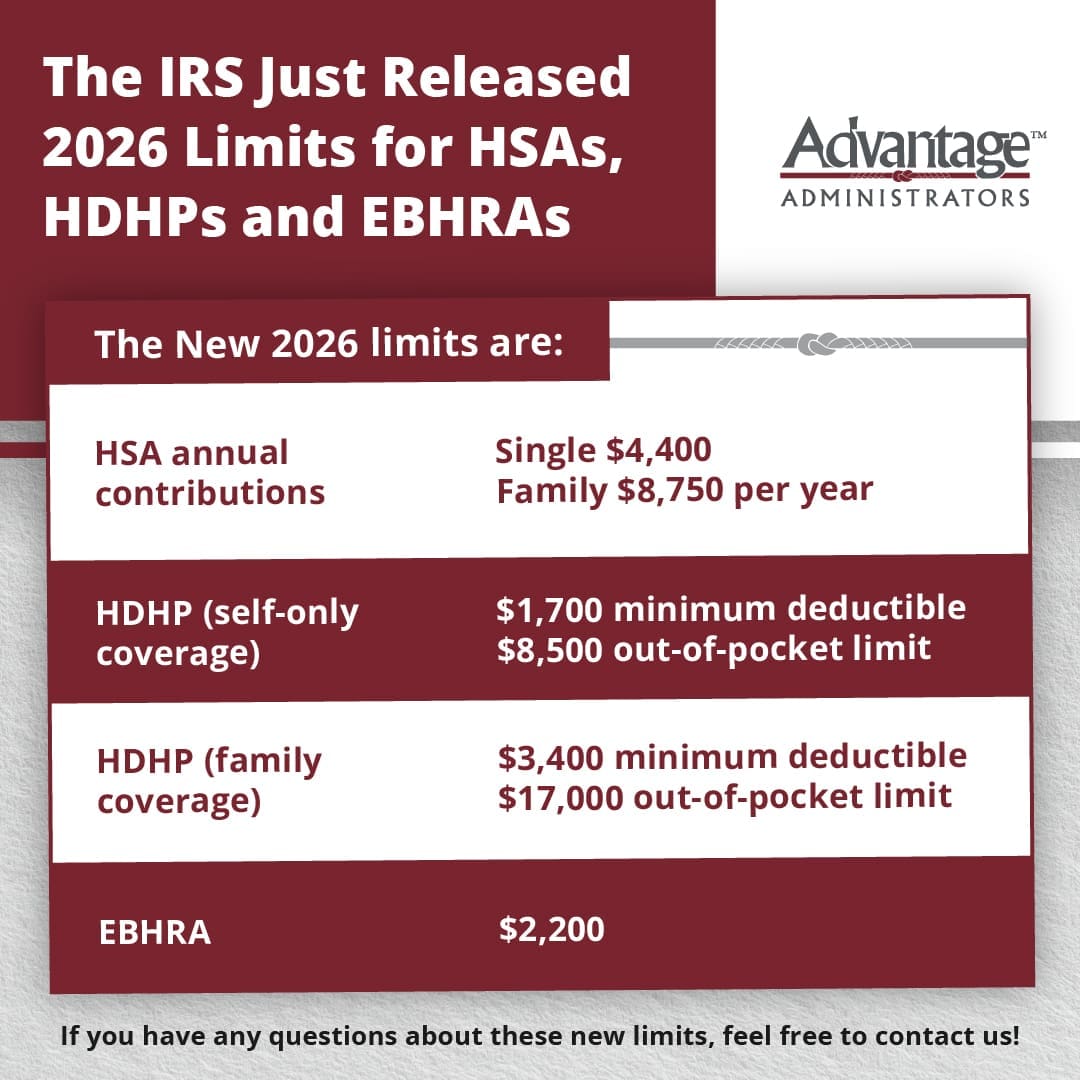What is a Dependent Care FSA?
A dependent care flexible spending account (FSA) lets participants set aside pre-tax dollars to help pay for dependent care. Contributing to this benefit reduces taxable income and spreads the benefits of pre-tax dollars throughout the year, helping individuals save 30 percent or more (based on their tax rate) on dependent care costs.
Dependent Care FSA Eligible Expenses
Funds can be used to pay for childcare for children under the age of 13 when they’re claimed as qualifying dependents. The savings potential isn’t limited to childcare. They can also cover care for a disabled spouse or dependent of any age.
To be eligible for dependent care FSAs when offered through an employer, the individual and spouse (if applicable) must be employed or their spouse must be a full-time student or looking for work.
Big Savings Potential
Let’s say an individual enrolls and contributes $5,000 per year into a dependent care FSA in 2024 and pay the average American tax rate of 24.8 percent. By putting money aside pre-tax in a dependent care FSA rather than allowing the funds to be taxed, they would save over $1,200 this year!
For married couples who file taxes separately, the 2024 limit is $2,500 per person per year.
Note: Employers may offer these limits but are not required to.
Fast and Simple Reimbursement
If an individual participates in a dependent care FSA by Advantage Administrators, they will have two options for collecting reimbursement:
- Mobile or Online Reimbursement
- Participants can easily upload documentation to a claim by logging into our mobile app, taking a photo of their documentation with their phone’s camera and uploading it. Individuals can also use the app or online account to upload their Reimbursement Request Form. No additional documentation is required if the dependent care provider signs the form. Once enrolled, the form can be found in the individual’s online account or by searching our knowledgebase.
- Recurring Dependent Care Program
- If a participant is paying for daycare expenses with their account and enroll in this program, they only need to submit one reimbursement form per year for each daycare provider used.
Weighing the Tax Credit vs a Dependent Care FSA
The IRS offers a tax credit to those who have childcare or dependent care expenses. Individuals can’t enroll in a dependent care FSA and apply for the tax credit with the same funds. The tax credit is up to $6,000 per year for two or more children.
It’s possible to apply the tax credit to the difference of what was put into dependent care and the tax credit. For example, if someone is putting $5,000 into the account that would leave $1,000 they can apply the tax credit to before they reach the $6,000 ceiling for the credit.
Other Dependent Care FSA Questions
- Q: Do dependent care FSAs roll over?
- A: No, dependent care FSA funds do not carry over to the next plan year.
- Q: What is the dependent care FSA limit?
- A: The dependent care FSA contribution limit for 2024 is $5,000 for individuals or married couples filing jointly ($2,500 for a married person filing separately).
- Q: How can I calculate how much I will save?
- A: Use our FSA calculator to see how FSAs can help you pay less taxes and increase your take-home pay.
What Specific Benefits can I get from a Dependent Care FSA?
Individuals can use a dependent care FSA to pay for preschool, summer day camp, before or after school programs and child or adult daycare.
The information in this blog post is for educational purposes only. It is not investment, legal or tax advice. For legal or tax advice, you should consult your own counsel. To stay up to date on benefits trends and insights, subscribe to our blog.










 Flex Plans
Flex Plans Forms
Forms HSA
HSA HRA
HRA Retirement
Retirement Health Shopper
Health Shopper FSA Store
FSA Store